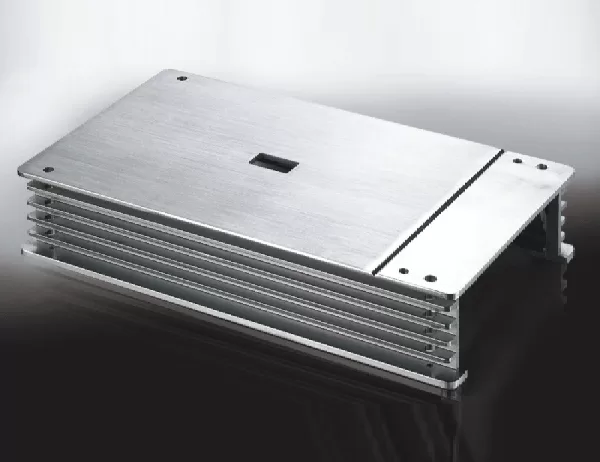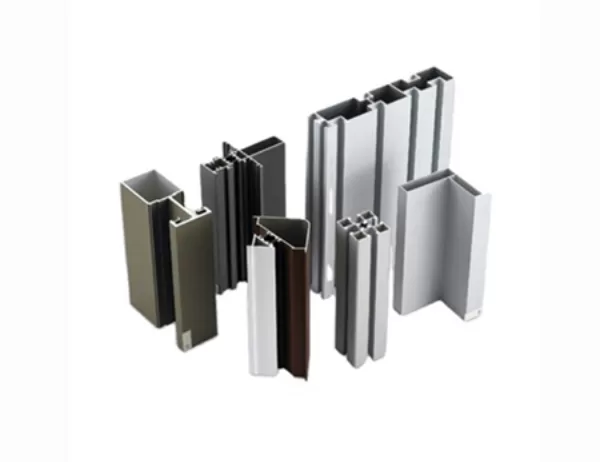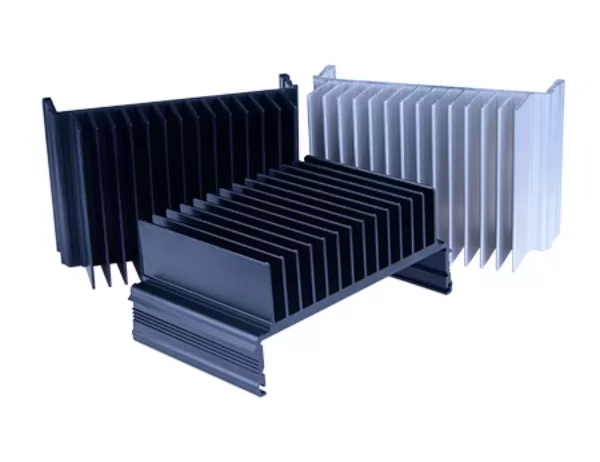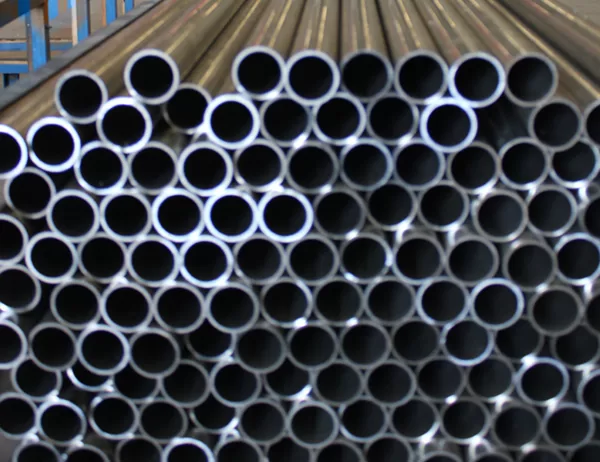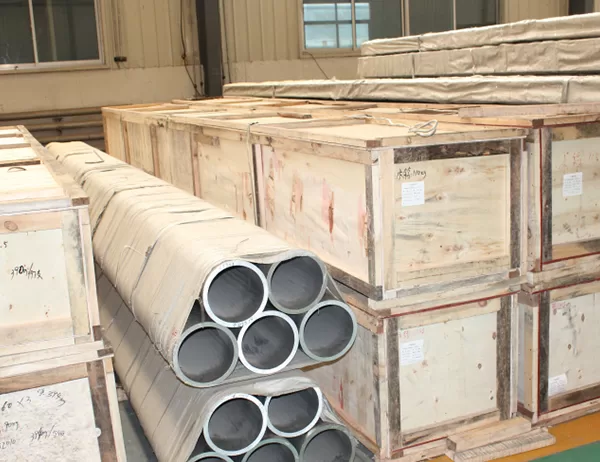Installing Extruded Aluminum Pipes: Best Practices for Resilient Infrastructure
Harnessing the Strength of Extruded Aluminum for Unstoppable Infrastructure
Extruded aluminum pipes are the cornerstone of modern infrastructure, powering industries from construction to transportation. Their exceptional strength, corrosion resistance, and lightweight nature make them an ideal choice for a wide range of applications. However, improper installation can compromise the integrity of these pipes, leading to costly failures and potential hazards.
1. Precision Preparation: Laying the Foundation for Success
Proper preparation is paramount. Carefully measure and cut the pipes to the desired lengths, ensuring precision and dimensional accuracy. Clean all surfaces thoroughly with a degreaser to remove any contaminants that could hinder bonding.
2. Choose the Right Joining Method: Bonding for Unbreakable Connections
Extruded aluminum pipes can be joined using various techniques, each with its advantages. Adhesive bonding offers exceptional strength and durability, while mechanical joining provides quick assembly and ease of disassembly. Select the method that best suits the specific application and environmental conditions.
3. Ensure Proper Alignment: Pipe Matching for Optimal Flow
Before joining the pipes, align them precisely to maintain a smooth flow of fluids or gases. Use a level and measuring tape to ensure that the pipes are aligned both horizontally and vertically. Any misalignment can cause unnecessary stress and potential leaks.
4. Apply Adhesives and Sealants: The Glue that Holds it All Together
When using adhesives, apply them evenly around the joint surfaces, ensuring complete coverage. Allow sufficient curing time as per the manufacturer’s instructions to achieve maximum bond strength. For mechanical joints, use appropriate gaskets or seals to prevent leaks.
5. Tighten Bolts Wisely: Striking the Balance for Strength
In mechanical joints, carefully tighten bolts to the specified torque, avoiding overtightening. Excessive torque can damage the threads or weaken the pipe, compromising its integrity.
6. Support the Pipes: Ensuring Longevity and Stability
Once the pipes are joined, provide adequate support to prevent sagging or bending. Use brackets, clamps, or hangers to secure the pipes securely in place, ensuring their stability and longevity.
7. Protect from Corrosion: Shielding Against Environmental Threats
Aluminum pipes, while corrosion-resistant, can still be affected by harsh environmental factors. Apply protective coatings, such as paint or powder coating, to the exterior surfaces to enhance their resistance against moisture, chemicals, and other potential corrosive agents.
8. Inspect Regularly: Vigilance for Unstoppable Performance
Regular inspection is critical to maintain the integrity of extruded aluminum pipes. Check for corrosion, leaks, or loose joints and address any issues promptly to prevent potential failures.
By following these best practices, you can ensure the reliable and long-lasting performance of extruded aluminum pipes, creating an infrastructure that stands tall against the test of time.
